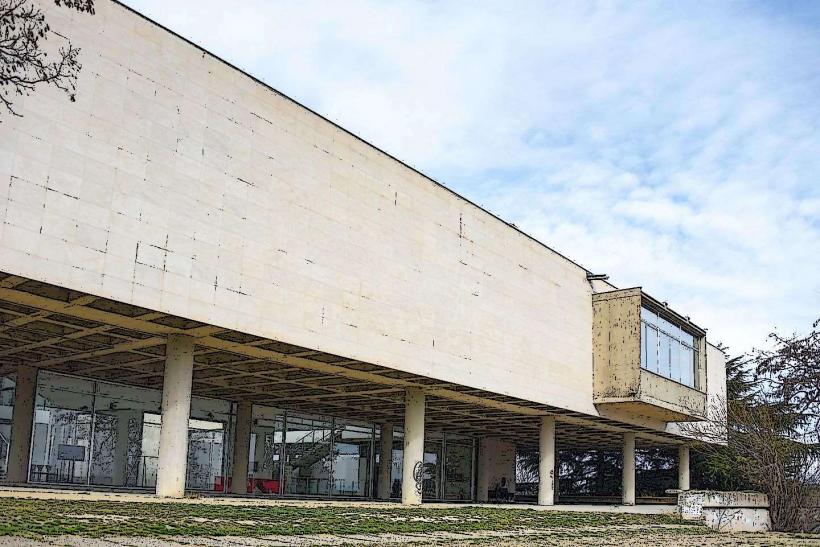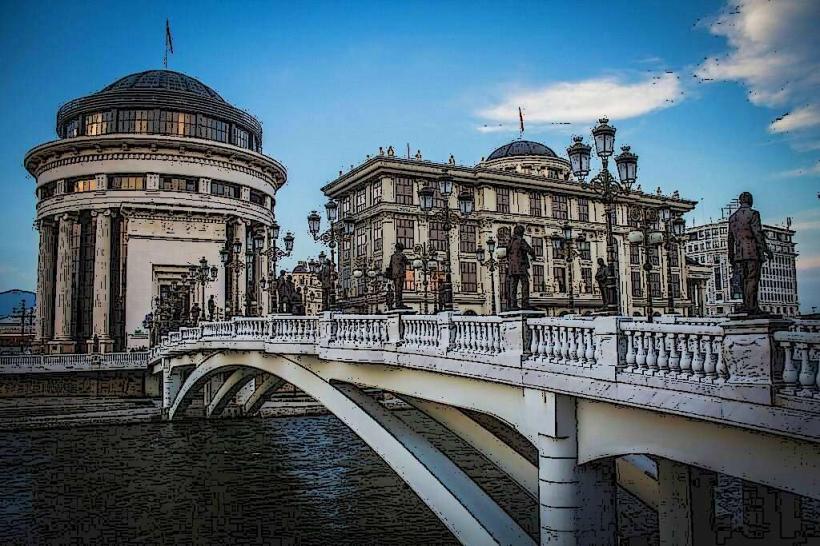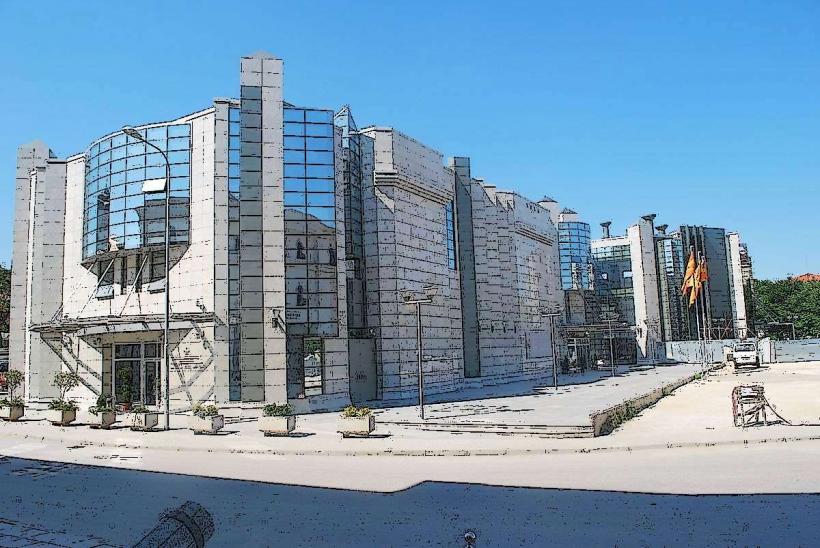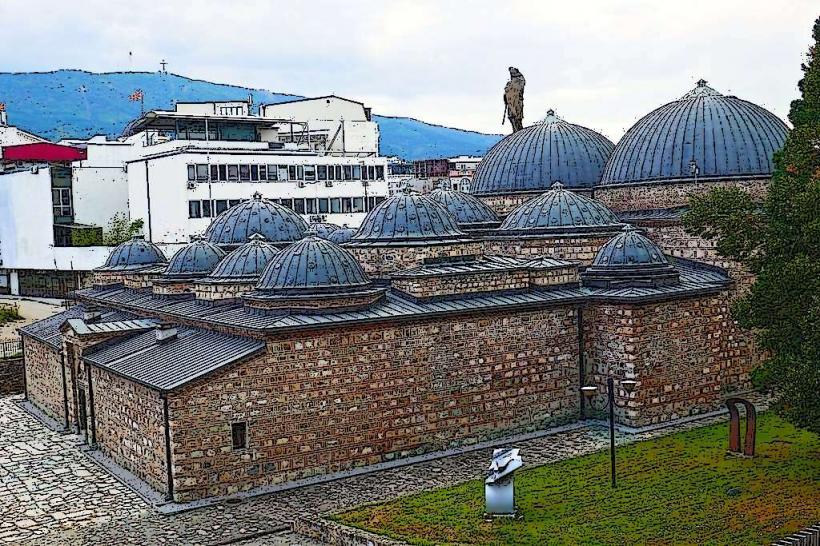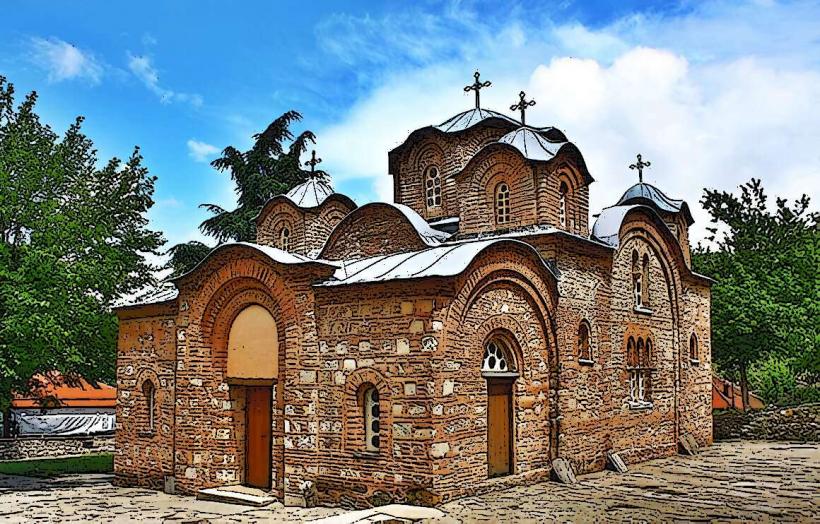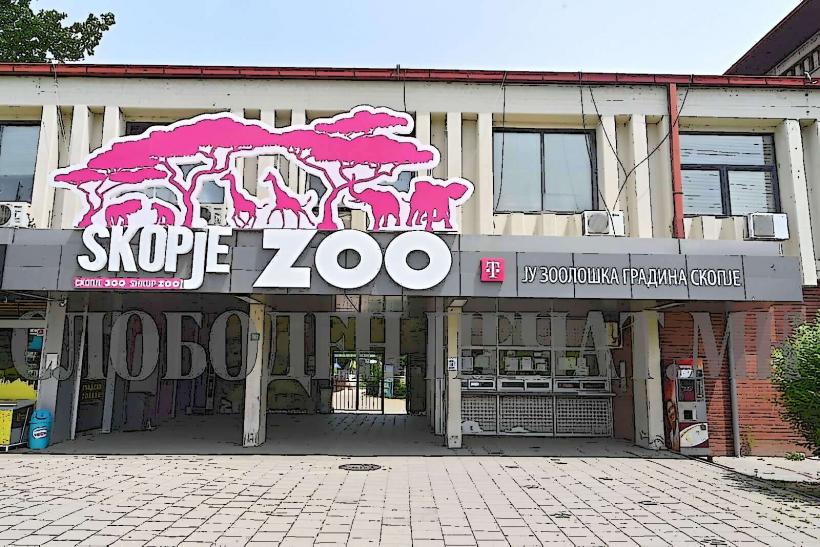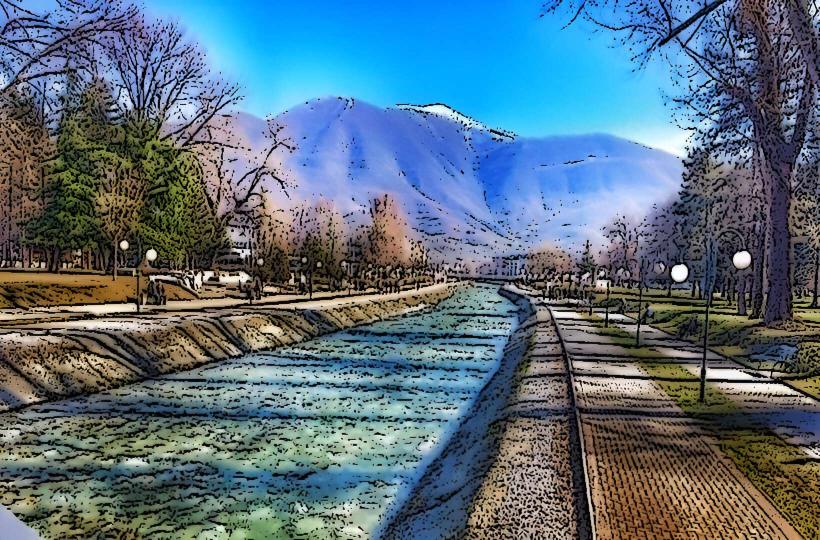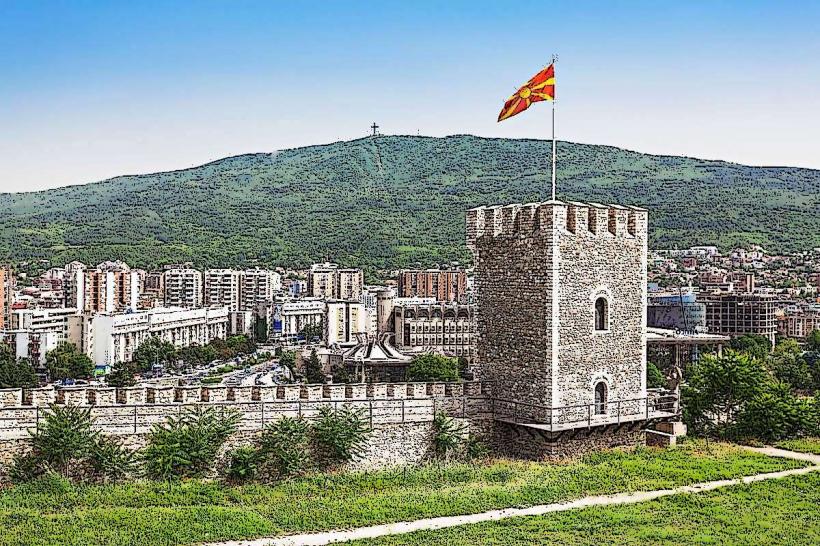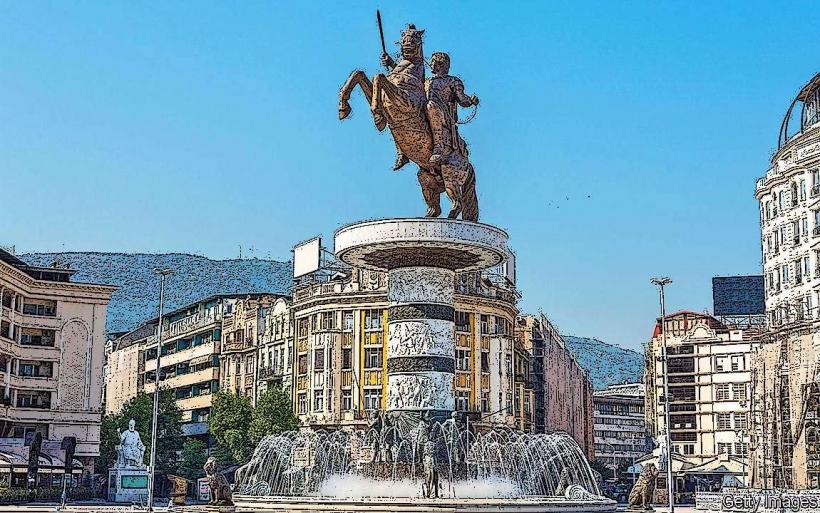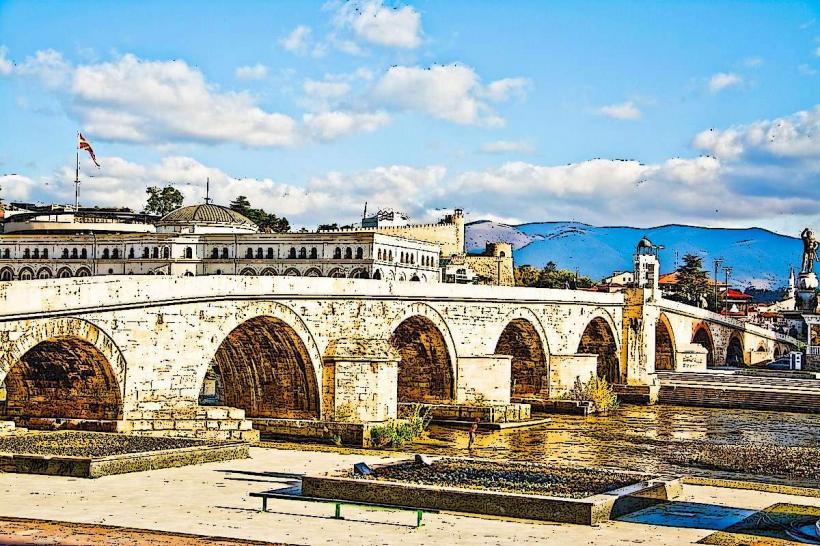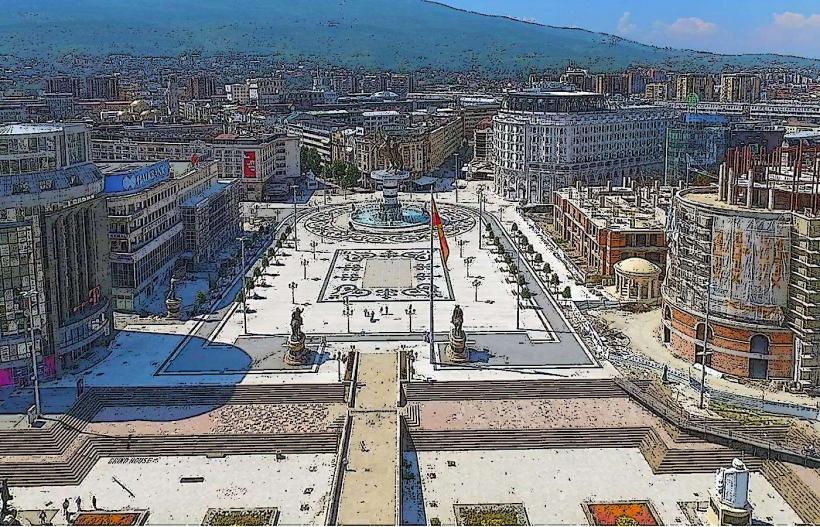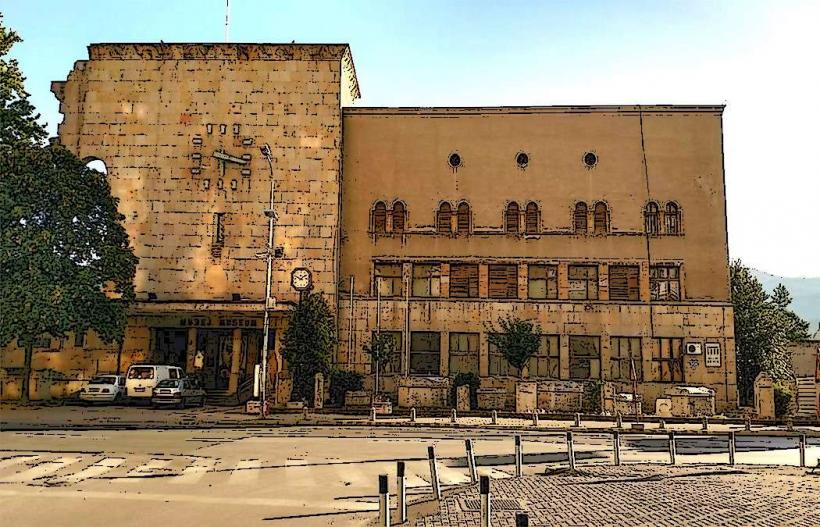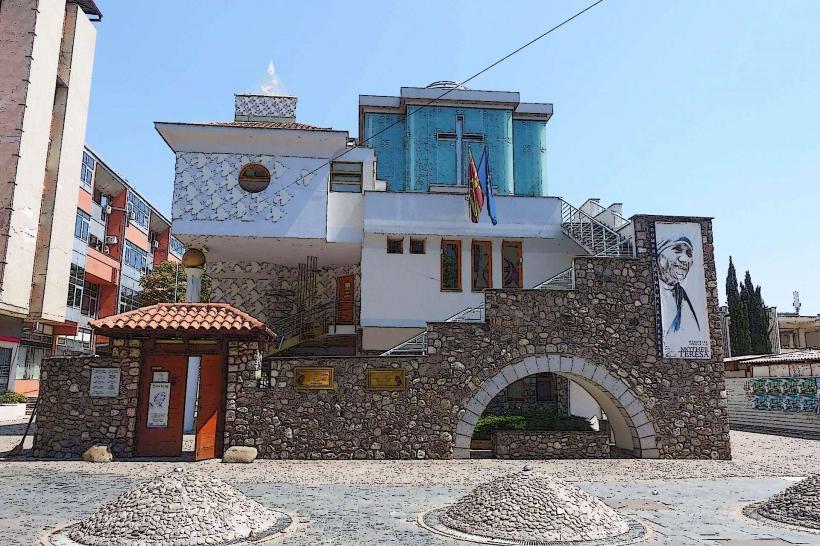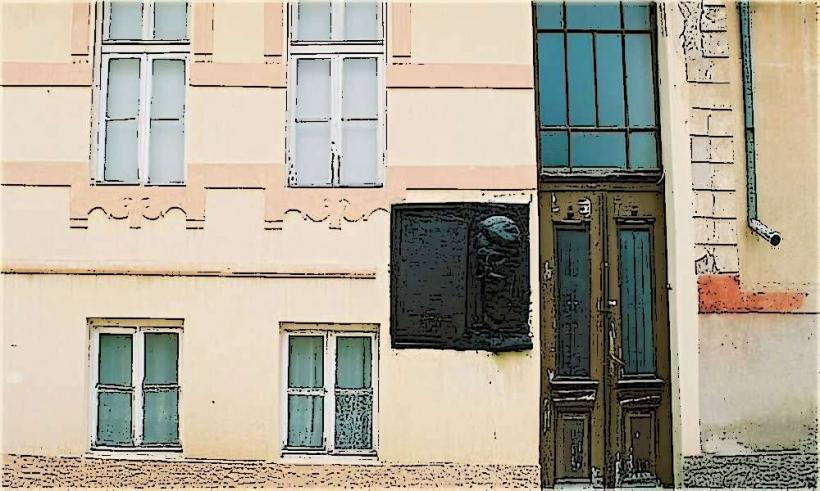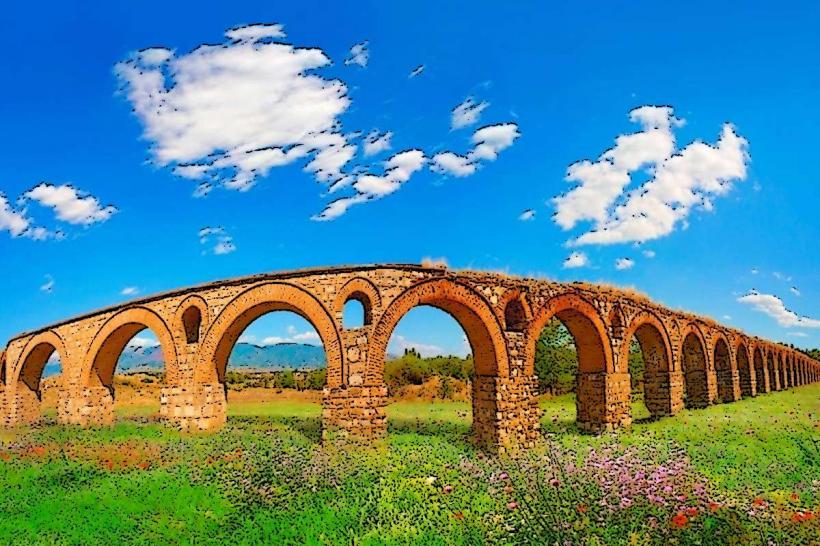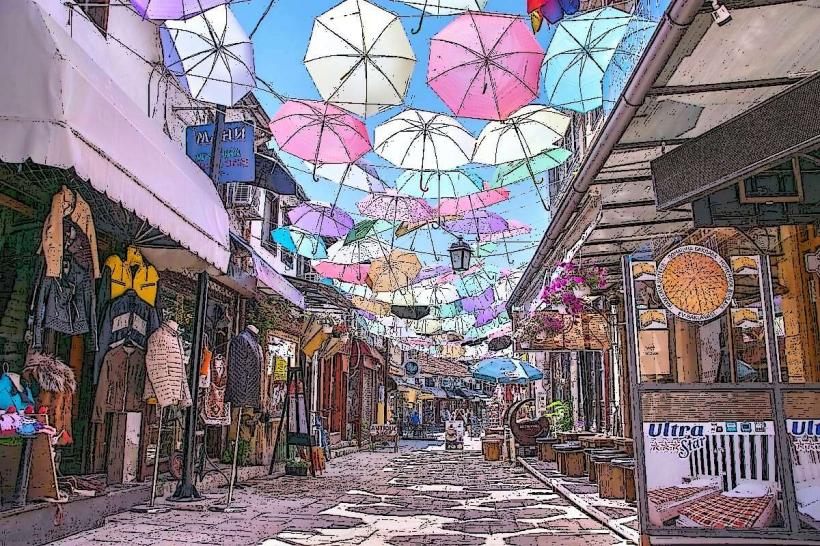Information
Landmark: National Archaeological MuseumCity: Skopje
Country: North Macedonia
Continent: Europe
The National Archaeological Museum of Macedonia (Национален археолошки музеј на Македонија) in Skopje is one of the most important cultural institutions in North Macedonia. It offers visitors a deep dive into the rich history and archaeological heritage of the region, showcasing artifacts from various periods, including prehistoric, ancient Greek, Roman, and medieval times.
Overview
- Location: Situated in the heart of Skopje, near Macedonia Square, right along the banks of the Vardar River.
- Established: The museum was opened in 2014 and is housed in a newly constructed building designed to complement Skopje's architectural landscape.
- Purpose: The museum aims to preserve, protect, and present the archaeological heritage of North Macedonia and the broader Balkan region.
Collections and Exhibitions
Prehistoric Era:
- The museum’s collection includes stone tools, ceramics, and early burial objects from prehistoric sites in Macedonia, dating back to the Neolithic, Copper Age, and Bronze Age.
- Notable exhibits include the famous Neolithic figurines and tools from the Tumba Madzhari site.
Ancient Greek and Roman Artifacts:
- The museum features an extensive collection of artifacts from the ancient Greek and Roman periods.
- Greek pottery, coins, statues, and tools provide insights into the ancient Greek influence in Macedonia, especially in cities like Heraclea Lyncestis and Stobi.
- Roman exhibits include mosaics, sculptures, and inscriptions that highlight the significance of the Roman presence in the region.
Byzantine and Medieval Collections:
- The museum also houses a variety of Byzantine and medieval artifacts, including icons, coins, weapons, and ceramics.
- Notable items include Byzantine religious artifacts and medieval tombstone inscriptions from various churches and monasteries across Macedonia.
Ancient Macedonian Treasures:
- The collection also includes significant items related to the ancient Macedonian kingdom, including coins of the Macedonian kings, notably Philip II and Alexander the Great.
- Some exhibits focus on Macedonian burial practices, showcasing intricate gold jewelry, funerary masks, and grave goods.
Gold and Silver Artifacts:
- The museum is home to a remarkable collection of gold and silver objects, including jewelry, coins, vessels, and statues from various archaeological sites, providing insight into the wealth and craftsmanship of the ancient civilizations in the region.
Architectural Design
Building Structure:
- The museum is housed in a neoclassical building with grand columns, reminiscent of the architectural style of ancient Greek and Roman temples.
- The exterior features large sculptures and decorative elements, which reflect the museum’s role as a cultural landmark.
- Inside, the museum is well-organized into different thematic sections, each dedicated to a specific historical period.
Exhibition Halls:
- The museum's interior is spacious, with modern exhibition spaces designed to showcase its extensive collections.
- Lighting, display cases, and digital multimedia enhance the visitor experience, providing informative descriptions and context for the artifacts.
Special Features
Interactive Exhibitions:
- Some parts of the museum feature interactive digital displays and touchscreens that provide additional information about the exhibits and historical context, making it an engaging experience for visitors of all ages.
Temporary Exhibitions:
- The museum regularly hosts temporary exhibitions, often focusing on specific archaeological sites, ongoing excavations, or themes in regional history.
Educational and Cultural Role
Educational Programs:
- The museum organizes a variety of educational programs, workshops, and lectures aimed at schools, students, and adults.
- Special events, such as archaeology days and historical reenactments, help foster a deeper understanding of the region’s past.
Cultural Events:
- The museum also serves as a cultural venue, hosting art exhibitions, presentations, and other events that promote the archaeological heritage of North Macedonia.
Visitor Information
Opening Hours:
- The museum is typically open from Tuesday to Sunday, with Mondays closed for maintenance. Hours may vary based on special events or holidays, so checking the website in advance is recommended.
Admission:
- Tickets for the museum are reasonably priced, with discounts for students, seniors, and groups.
- There may be additional fees for special exhibitions or guided tours.
Guided Tours:
- The museum offers guided tours in various languages, which provide a deeper insight into the artifacts and historical context.
- Audio guides are also available for self-guided visits.
Nearby Attractions
- Macedonia Square:
- Located just a short walk away, the square is the center of Skopje, featuring numerous sculptures and monuments, including the Alexander the Great Monument.
- Stone Bridge:
- A historic Ottoman-era bridge that connects the museum to the Old Bazaar and the rest of the city center.
- Skopje Fortress (Kale):
- A historic fortress located nearby, offering stunning views of the city and the Vardar River.
Tips for Visitors
- Plan for a Full Visit:
- The museum’s extensive collections may take a few hours to fully explore, so plan accordingly.
- Photography:
- Photography may be restricted in certain areas, so be sure to check for signs or ask the staff before taking photos.
- Best Time to Visit:
- Visiting during weekdays or early in the day can help avoid crowds, especially on weekends or public holidays.
Conclusion
The National Archaeological Museum of Skopje is an essential stop for anyone interested in the history and culture of North Macedonia and the broader Balkan region. With its extensive collections, modern exhibitions, and educational programs, it offers a captivating journey through the ancient and medieval past of the area. Whether you’re an archaeology enthusiast or a casual visitor, the museum provides a rich and informative experience that brings the region’s fascinating history to life.


